The Best New Gadgets and Tech of 2016
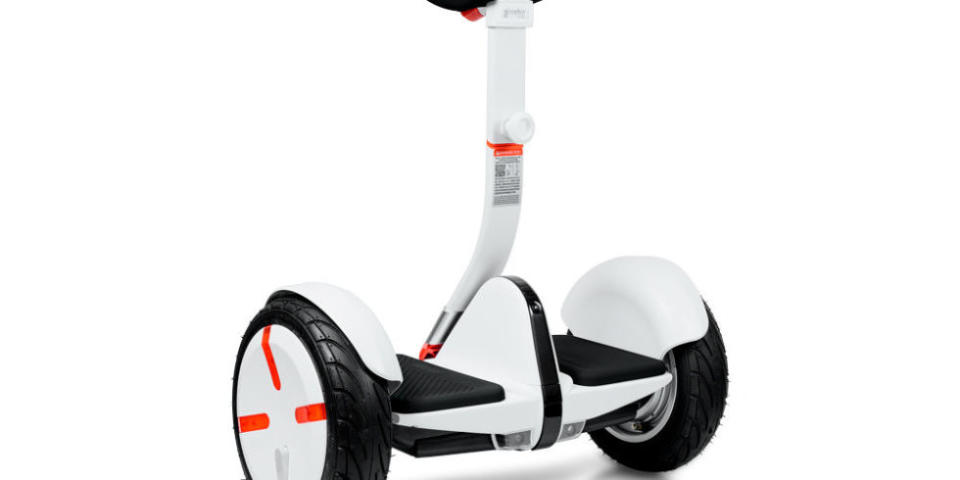
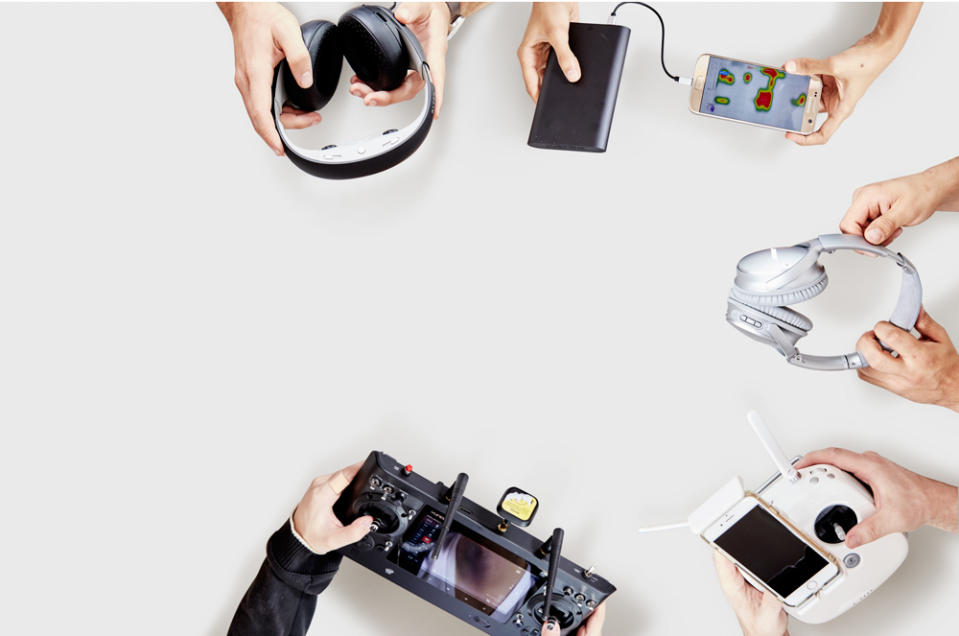
Consider 2016 the year that brilliant innovations attacked all our technological annoyances. It was the year of home Wi-Fi that just works. Phones designed to survive a night out. The year we said To hell with tangled earbuds! and found a video headset we'd actually wear.But that's just the everyday stuff. It was also the year drones got small and smart. The year the fastest zero-to-60 time belonged to an electric vehicle. Seriously. Behold the hardware and software that exemplified the notion that, in ways subtle and grand, technology makes our lives better.
Headphones Perfected
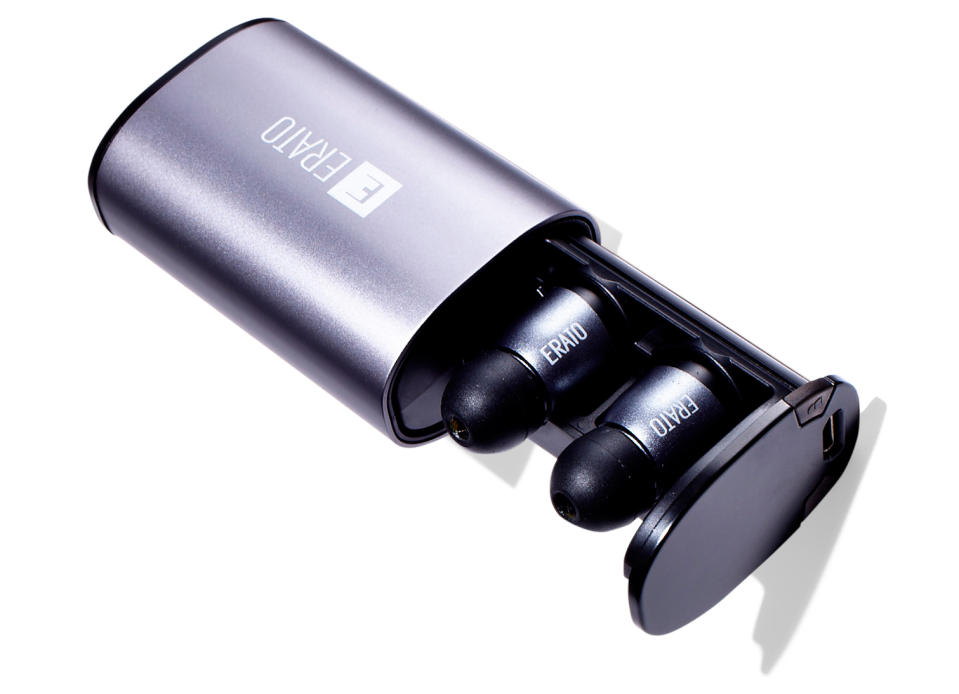
Wireless earbuds were inevitable, but for years all we got were flawed prototypes and dicey crowdfunding campaigns. Now they're finally available in versions we can embrace: The battery lasts for a typical commute. Fit them with the correct foam tips and they stay put even while running. Most importantly, with Bluetooth's quiet improvements, the transmitters and software in our favorite pairs, the Earins (above) and Erato Apollo 7s (below), get more data from phone to earbud, meaning low latency, quick pairing, and sound quality indistinguishable from wired earbuds. We like that the Earins automatically pair when you take them out of the case, but we'll give the Apollo 7s the overall edge for being waterproof and having a transmitter in each ear, which makes it wonderfully difficult to drop the signal. But either option will make the days of untangling cords every time you want music seem downright archaic. We can't go back.
Price: Earins ($267) and Erato Apollo 7s ($300)
Not-Stupid Drones
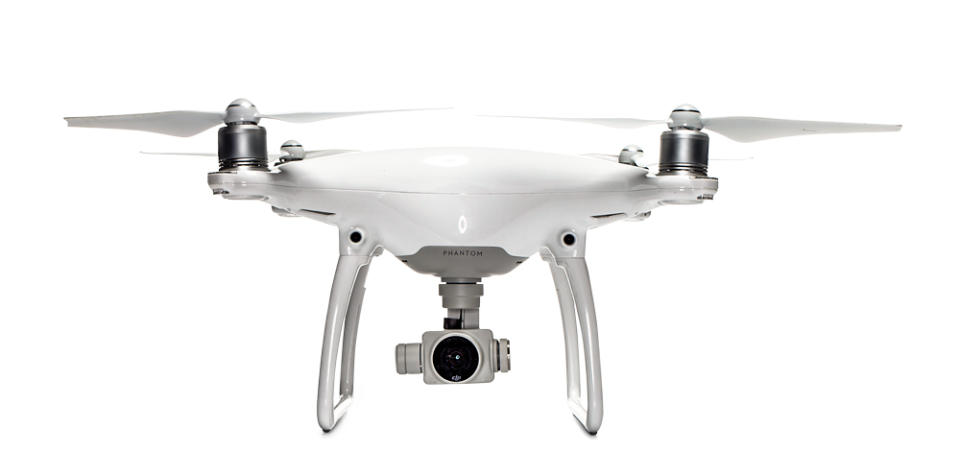
We'll look back at the DJI Phantom 4 (above) and the Yuneec Typhoon H (below) as the models that despecialized the drone. Both can follow subjects without your help, steadily tracking a human, car, or animal to Michael Bay–like cinematic effect. Both also have object-avoidance sensors. Add that up and you get automated flight without fear of crashing. It's uncanny when it works: Tracking a toddler full-steam-ahead toward a tree trunk, the Phantom 4 halts, hovering until steered to safety. No, unless you've got 100,000-plus YouTube subscribers, you don't need to spend four figures on a drone. But if you do it anyway, you can finally be confident it'll be worth it.
Price: DJI Phantom 4 ($950) and Yuneec Typhoon H ($950)
Artificial Intelligence Earns Its Keep
In 2015, venture capitalists were all talking about financial-technology apps, which distill investment decisions to a few taps, then remove the decision part. This year, those apps matured and proliferated, making investors out of people who couldn't define "mutual funds" or "stocks." Acorns is the best example. It links to your bank account and debit or credit cards, and whenever you spend money, rounds up and stashes the difference in an investment. So if a latte costs $5.34, Acorns pockets a negligible $0.66. Once it's collected at least $5, it invests the money based on the level of risk you choose. If you'd prefer no risk at all, Digit is a great alternative. It collects small amounts of money based on your spending habits and puts them in an FDIC-insured savings account you can access whenever you like. The drawback: The money earns negligible interest.
Bose Goes Wireless
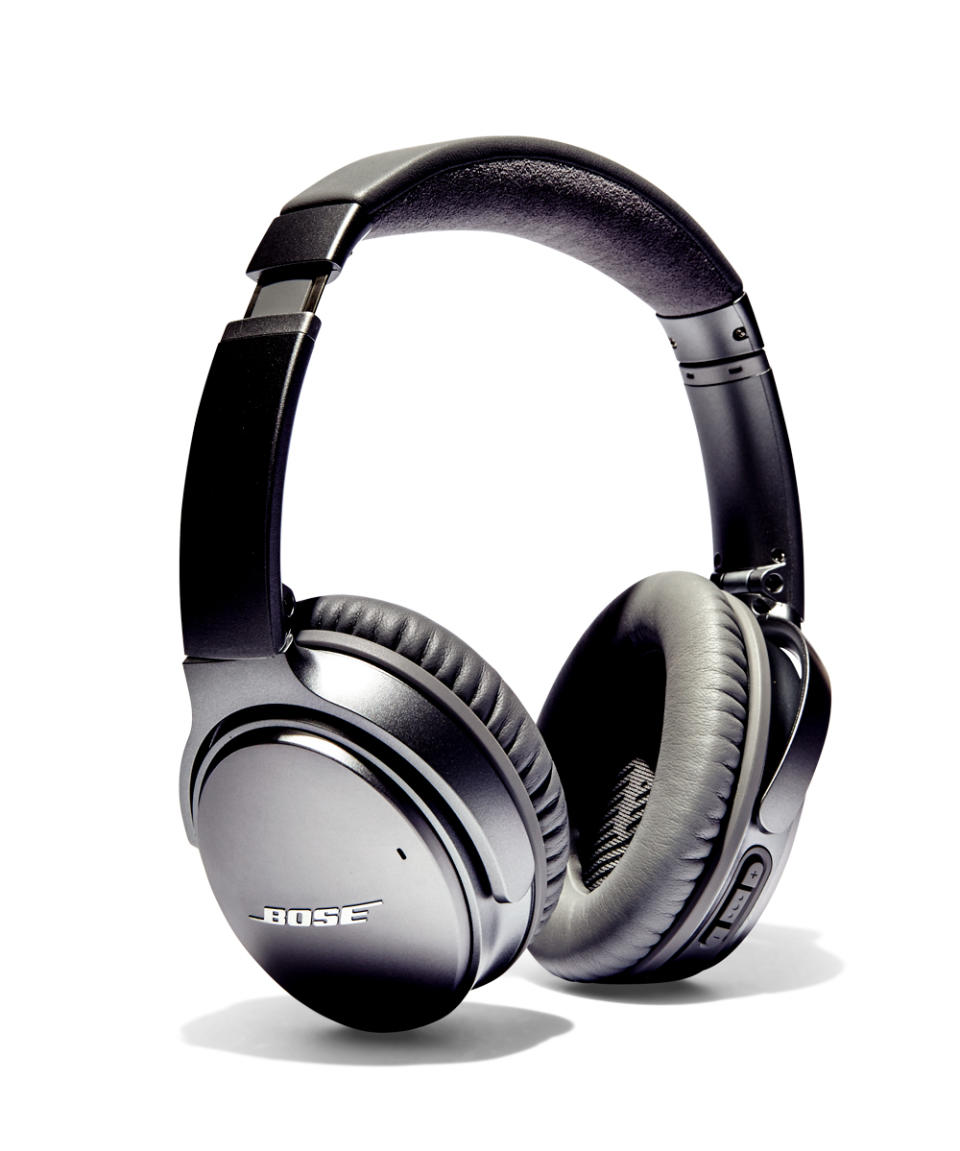
Noise-canceling is when headphones use one sound frequency to cancel out another that would otherwise interrupt the listening experience. In the years since Bose invented the technology, its patents and constant research have meant that no other brand can match it for tuning out combustion engines and HVAC systems. But until this year, Bose has never gone wireless. So at less than ten ounces and wire-free, its QC35 over-ears are revelatory.
Price: Bose QuietComfort ($350)
Resilient Smartphones
All the major smartphones can now survive a spilled drink. On its own, that's not a crazy feat of engineering-fine mesh over the speakers, gaskets around the SIM card, extra adhesive. Fitting it into a device that's sleek and responsive? That's another story.
1. iPhone 7 / 7 Plus
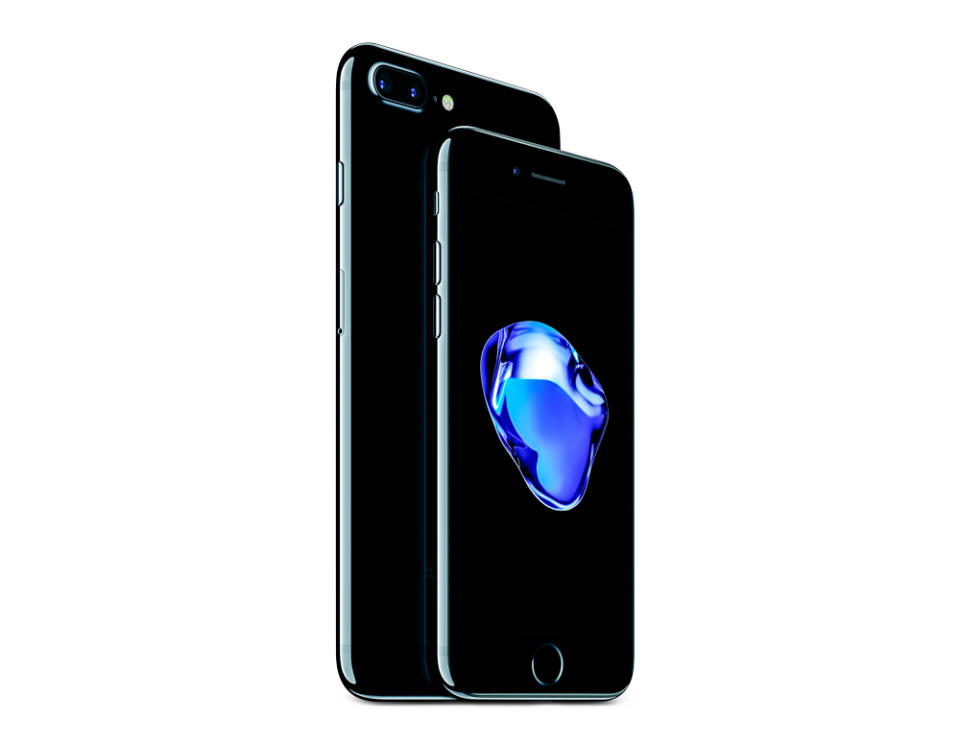
Yes, losing the headphone jack was a bit of a provocation, and sure, Apple was late to water-resistance. If you're an iPhone loyalist, just be grateful that your phone can now survive 30 minutes in three feet of water. It's a relief to anyone who's ever brought theirs near a toilet.
Price: iPhone 7, starting at $640
2. CAT S60
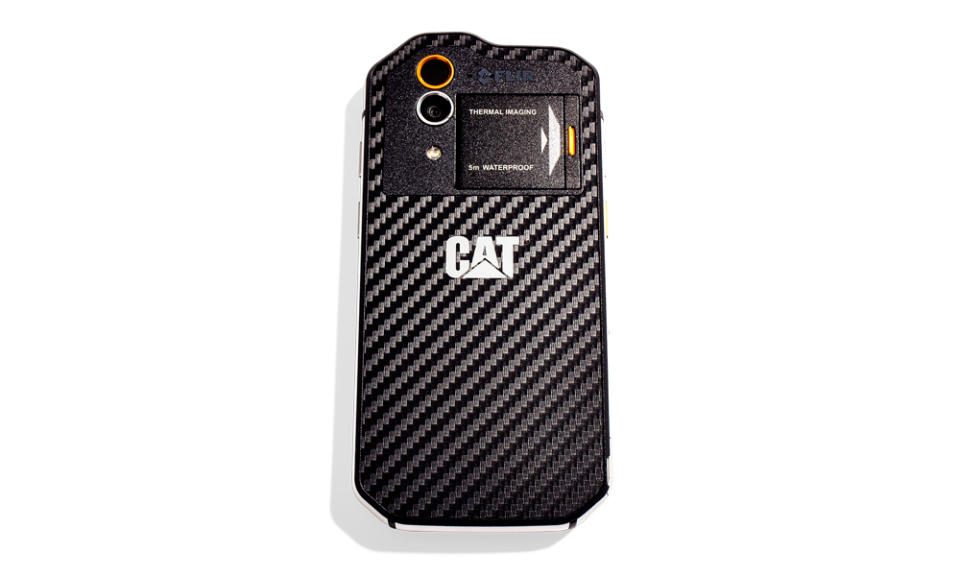
Android smartphone. FLIR Thermal Camera. Waterproof, drop-resistant Caterpillar-hardened tool. The CAT S60 captures thermal images in stills, videos, or panoramas, and you can dropkick it into the pool and it will emerge just fine. It's as tough and functional as it looks. -Dan Dubno
Price: CAT S60 ($595)
Disqualified: Samsung Galaxy Note 7
Samsung outfitted its flagship smartphone with an explosive battery, forcing a recall, then a halt of production. Bummer. The Note 7 was an otherwise fast, vivid, brilliant phone-unfortunately, all things that do not matter when you are engulfed in flames.
WARNING!
Don't plug in a water-resistant smartphone if it's wet. If it's been in salt water, give it a rinse before drying. Wait at least five hours before resuming use.
Avegant Glyph

The Glyph might be the best portable screen around for movies or gaming-except it's not a screen. Inside the band of the headset-worn parallel to the ground, in front of your eyes-low-powered LEDs shine into an array of millions of mirrors that project images straight onto your retinas. The result is a huge, sharp picture; a personal, portable cinema for one that shows just about anything you can plug into with an HDMI cable. Because the Glyph's visual system mimics the way light reflects off objects in the screenless vision of everyday life, your eyes don't fatigue. And you can use it anywhere: On a plane, catch a movie on the big screen. At the park, watch your drone's footage in glorious detail, in real time. If there's a downside, it's that if you're using it in public you may notice people gawking at the odd device on your face. Just remember: Sometimes technology's largest barrier is its own novelty.
Price: Avegant Glyph ($550)
Walabot

A stud finder with superpowers: Hold it against drywall and the Walabot's radiowave-sensing system detects the shape and depth of materials in its path with enough accuracy to actually know what they are. Then the visuals-every stud, pipe, and rodent within four inches of the surface-feed straight to your smartphone. It can't see through metal, but the technology is good enough that Walabot's parent company, Vayyar, is further developing it to detect cancerous growths beneath human skin.
Price: Walabot ($200)
Tesla Model S P100D
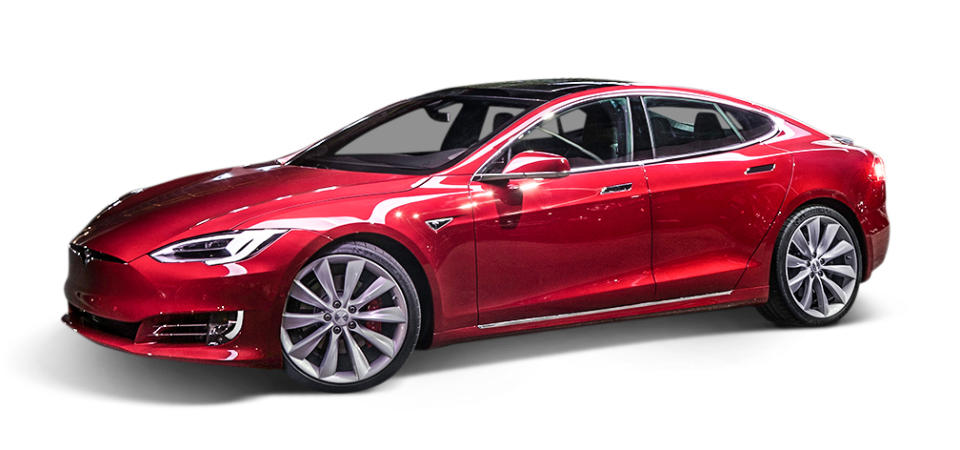
Much of the discussion around Tesla has to do with its self-driving feature, Autopilot, and the company's promise to evolve transportation. The Model S P100D is a reminder that, lofty goals aside, Tesla also can make one hell of a nice car. The P100D's 2.5-second zero-to-60 time makes it the fastest-accelerating production car you can buy new. It's also a big sedan that runs on electrons-315 miles on a single charge. It challenges the compromises we've come to assume are inevitable with electric vehicles.
Of course, in 2016 the discussion of Tesla's larger goals circled Joshua Brown, the Model S evangelist who died in July when his car, guided by Autopilot, hit a white tractor-trailer that blended too neatly into the summer sky. Autopilot is software that learns. Brown reveled in that fact, filming YouTube videos-while driving-of his car tackling increasingly tricky road conditions. (Tesla used the circumstances of his death to update Autopilot.) But the average driver is not gleefully pushing technology's limits. Thus the P100D's deeper importance: As long as Tesla makes amazing cars, people will drive them, and they'll get smarter and safer. Is it rash of Tesla to deputize its drivers as beta testers? Perhaps. But if you accept, as Joshua Brown did, that we're on our way to a self-driving future, you must admit it's great to be racing toward it in a car that puts a stupid grin on your face.
Resilient Wi-Fi
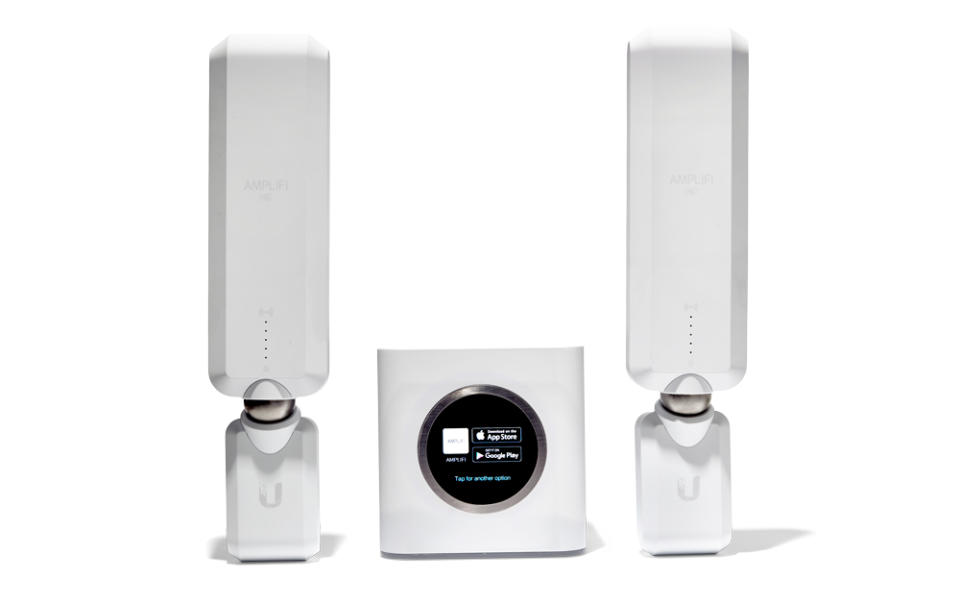
In big houses filled with iPhones and Rokus, standard wireless routers are woefully inadequate, unable to distribute a strong signal between devices or into far-off rooms. Mesh Wi-Fi is the fix: multiple small routers around the house function as repeaters, sending data upstairs and around corners, blanketing the living space with internet. Since it only works if each unit is in a conspicuous place, companies like eero, Plume, and AmpliFi (above) sheath their hardware in beautiful, futuristic shells. It's an investment compared to your current router-at least $200 to get started-but think of it as a way to get your money's worth from your internet bill.
Price: eero ($200), Plume (3 for $179), and AmpliFi ($350)
Google Project Fi
Your phone is a miracle of capability. Your carrier, with its weird service map and unjust fees, is a handicap. So with Google's Project Fi, rather than pledging allegiance to one carrier, your phone chooses the strongest signal from one of three carriers' cell towers: Sprint, T-mobile, or U.S. Cellular. Those aren't superstar networks, but combined they almost always provide enough bars. And billing follows a beautifully simple plan: Unlimited texting and calling is $20 a month; data is $10 a gigabyte and unused gigs roll over. At the national average of 3GB, my bill was $50-half my usual. The catch: Currently, only three phones can use the unique SIM card Project Fi requires. But even if it lands in the well-populated graveyard of abandoned Google endeavors, the radical idea of a phone not handicapped but buttressed by the cell towers around it deserves attention-hopefully, from the major carriers.
Apple Reads Our Minds
The list of changes in Apple's updated mobile operating system, iOS 10, reads like the contents of a giant suggestion box we've all been filling for years. Here are the six we love the most:
When you lift your phone, it automatically illuminates the lock screen and its notifications.
The revamped Messages app will bring out the emoji-savvy millennial in you: You can draw stick figures, find pertinent GIFs, even make the whole screen shoot lasers or rain confetti.
The Maps app detects when you stop driving and drops a marker, so you can always find where you parked your car.
The Mail app can find the fine-print unsubscribe link in an email and make it into a big button at the top of the message, so you can quickly leave the Bed Bath & Beyond mailing list.
If some sadist leaves you a voicemail, you'll see a transcription. Not always completely accurate, but enough to know who called and how urgently.
You can delete Apple default apps. Au revoir, Stocks.
Segway Ninebot
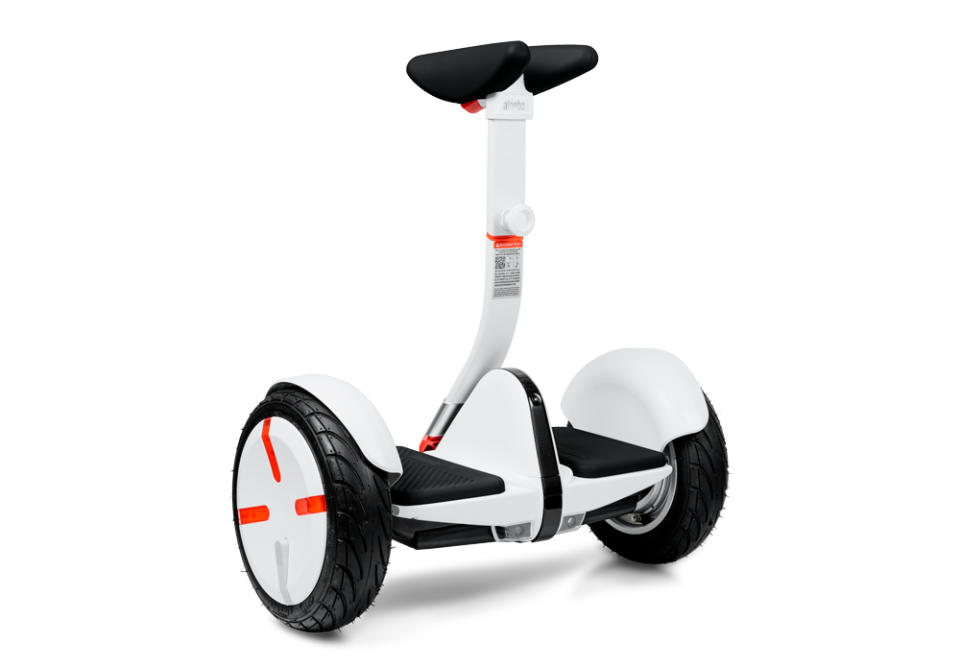
I get it. I too mocked hoverboards. Then I used the Ninebot. Segway took the balancing technology from its original person-mover, shrunk it down, and eliminated the risk of spontaneous combustion (so far). You steer by angling your knees, making it easy to ride. If you missed the first hoverboard wave, this is the way to catch up.
Price: Segway Ninebot ($700)
*This article origionally appeared in the December 2016/January 2017 issue of Popular Mechanics.
You Might Also Like

 Yahoo Finance
Yahoo Finance 